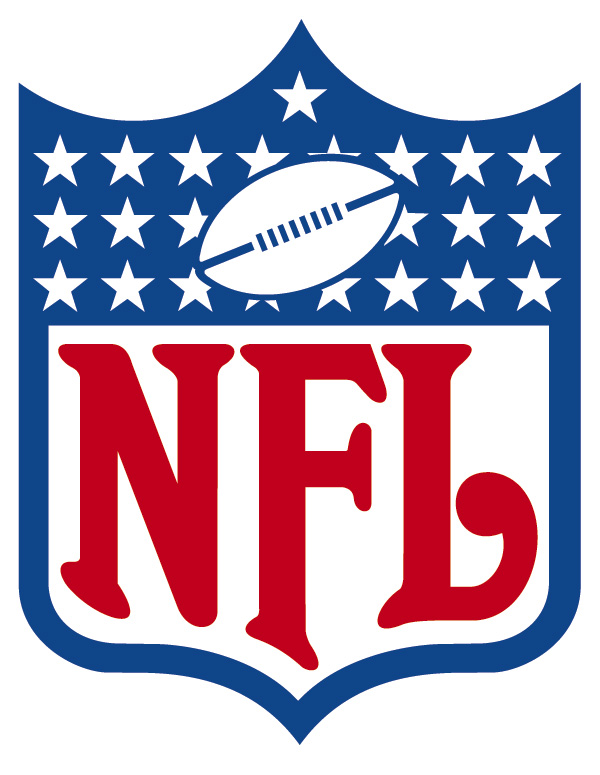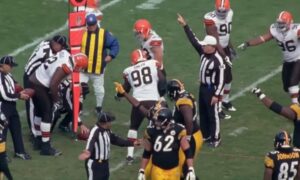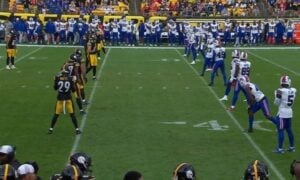You might recall that back in July I wrote about a preliminary concussion settlement that was being reached between the National Football League and counsel for retired players, which would compensate retired players for concussion-related treatments as part of a lawsuit that alleged the league hid knowledge of the connection between the game and neurological disorders.
Judge Anita Brody yesterday at long last gave her final approval to the settlement after years of back and forth about the specifics of the deal. In the end, the settlement will provide players up to $5 million who have suffered neurological disorders, as well as monitoring for all players in the future to determine if they qualify for a payment, in addition to $10 million going to concussion education.
The settlement has undergone a number of forms over its lifespan, with perhaps its most significant alteration coming when the proposal of a $765 cap in funding was lifted from the agreement. The figure was agreed upon initially by both parties based on actuarial estimates of cost.
Brody gave preliminary approval of the deal nearly a year ago, but there were still changes that had to be made before she would offer primary approval. These changes were primarily related to determining which retired players would be eligible to receive payment, in addition to the timing and means of being able to register a claim for payment.
In the end, the deal still appears to be a cheap way out, overall, for the league, and many retired players, including Junior Seau, who ended up taking his own life in part due to his struggles dealing with the after effects of neurological disease, have opted out of the deal.
One group of retired players who filed a challenge to the preliminary approval last year included former Pittsburgh Steelers guard Alan Faneca. He is just one of many former players who believe that the deal is still not equitable and favors the league in how post-retirement treatment is handled.
One of the chief criticisms is that the settlement limits the variety of neurological diseases that will qualify for payment under the terms of the agreement. It also factors in the players’ age and number of years spent in the league when determining how much they are eligible to be compensated.
It seems likely that this battle is not yet over, as no payments can be made until all appeals are addressed. There is a 30-day period from the ruling for appeals to be filed, which some expect will come, and any appeal could add another half a year to a year to the proceedings before any player could be compensated.
Otherwise, players could begin receiving payments as early as three months from now. And there are no doubt many players who are eager to see some level of compensation for their suffering, which introduces the possibility of a growing tension between different factions of the body of retired players.
While there are those who feel content with the deal struck, or are simply anxious to finally receive much needed aid and treatment, many believe that the deal is not enough, and will be bad for future generations of retired players. We shall see how much longer this case drags out and if any appeals are indeed filed against the final approval of the settlement agreement.








